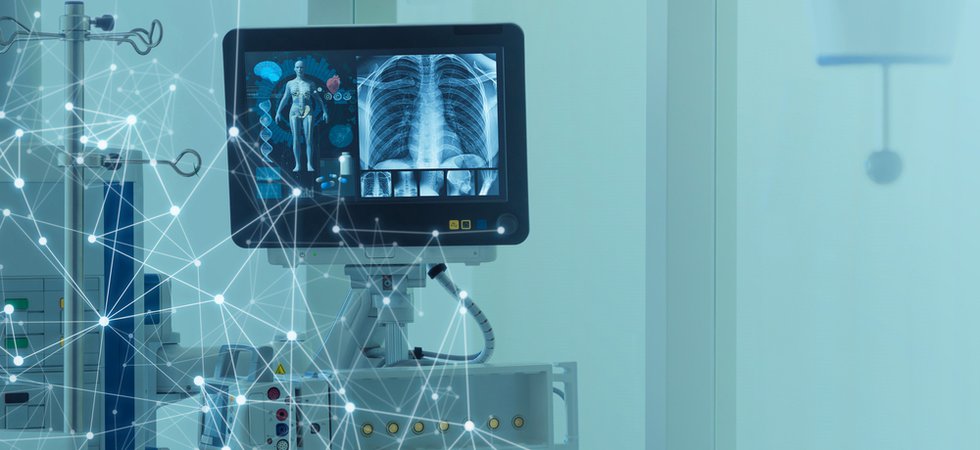Lee Stacey, product evangelist, Thingstream, writes about challenges faced by the medical device industry amidst the growth of IoT, and new European regulations that come into force next year.

For medical device companies, a significant change is fast approaching in respect of how field devices are monitored and reported on. New European regulation, which comes into force in May 2020 (with a deadline to conform by 2024), means that medical device manufacturers will now need to prove that their devices actually do what they are intended to do and provide on-going post market surveillance. This means that for medical device manufacturers, if they can’t provide performance and safety guarantees for that data, then the product will need to be withdrawn from the market. It is clearly completely impractical for the collection of data to be done manually.
So, with the clock ticking and connection to hospital networks proving to be a non-starter, could retro-fitting medical devices with a GSM-based IoT solution provide the answer?
Under current European directives (known as MDD), a medical device manufacturer simply needs to show that the device is working and that the benefits of the device outweigh any negatives. Data is physically collected from sample studies, audited and the device is released to the market with minimal if any proactive follow up. In 2017, European guidance (known as MDR) was issued on how these rules would be updated to encompass thorough post-market surveillance and on-going digital analysis, with a hard stop implementation date of 2024. With millions of medical devices out in the field, medical device manufacturers looked to WiFi as the obvious remedy for collecting the data. However, it quickly became apparent that a hospital’s WiFI was not the solution, due to the fact that data flows are difficult to control presenting legal, technical and security concerns and coverage is at best patchy. In other words, WiFi simply couldn’t be relied on.
Two years ago Lothar Medtec, a medical technology consultancy based in Würzburg, Germany, spotted this potential time-bomb, or opportunity, and began to research alternative connectivity solutions based around IoT and the GSM network. If an affordable retro-fitting solution could be found then medical device manufacturers could potentially have a get-out-of-jail-free card and thereby keep existing devices in the field come 2024. The key to a viable solution lies with understanding the data flow from the device to the governing authority.
Lothar MedTec worked with a number of tier one mobile operators to try and find a GSM SIM solution that would provide a reliable connectivity platform on which to base its data transfer solution. With a lack of a modern and configurable backend and concerns over basic connectivity, Lothar Medtec partnered with MikroE and its Fast Track delivery kit, which includes GSM connectivity provided by Thingstream. Importantly, for the medical device manufacturers, this connectivity platform is ISO13485 and global GxP standards compatible, meaning that the flow of data will conform to all the requirements set forth in the European and FDA standards.
With Lothar Medtec currently running in-field trials of the fast track retro-fitting solution and with very positive results being reported by a number of medical device manufacturers, it is very possible that an industry which has thus far struggled to find a conforming solution, may finally have an option. The 15,000 small to medium and several hundred large organisations that make up the medical device community in Europe can breathe a collective sigh of relief.

